The importance of treatment compliance

Compliance is an important aspect of myopia control that has not been well-studied or documented. In general, compliance refers to a patient’s adherence to the treatment regimen, but also includes completion of care procedures and attendance at follow-up visits.1 Compliance can be hard to measure, and reports are often subjective. As a result, compliance information […]
Digital screen time and myopia

It is widely agreed that changing environmental influences have been driving the recent myopia boom. Over the past several years, digital screen time has emerged as a new environmental influence of interest. As smartphones, tablets, and computers have become pervasive in homes and schools, concerns have been raised about the impact of increased screen time […]
Light, dopamine, and myopia
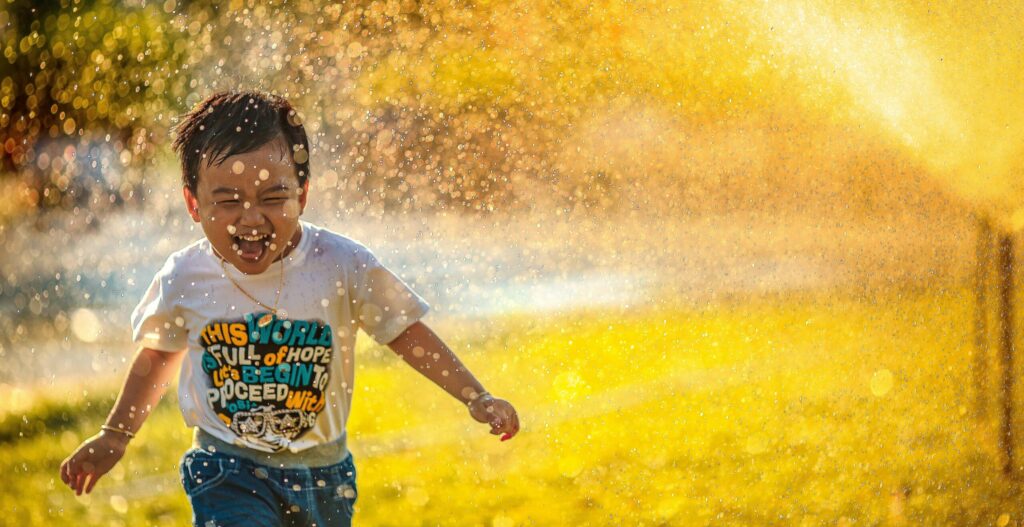
Time outdoors has a protective effect against myopia that may be mediated by the high illuminance (brightness) of outdoor light. The importance of children receiving adequate exposure to daylight is now recognized by many specialists,1 but why does bright light protect against myopia? The primary hypothesis is that bright light stimulates dopamine release in the […]
The protective effect of time outdoors against myopia
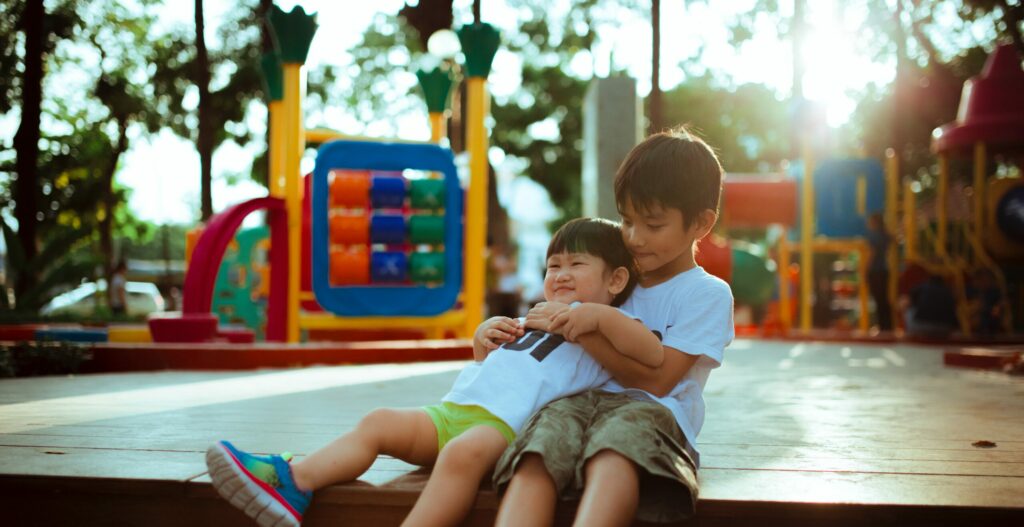
There are now a number of studies supporting the protective role of time outdoors against myopia. 1 Randomized controlled trials conducted in China and Taiwan have found that increasing the amount of time children spend outdoors reduces the incidence rate of myopia. 2,3 According to a meta-analysis, one additional hour of time outdoors each week […]
Circadian rhythms and myopia
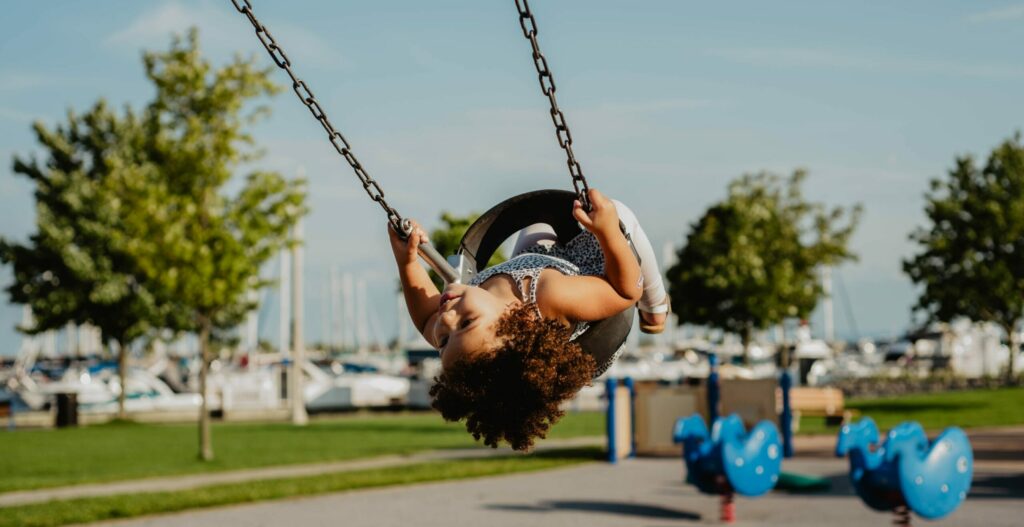
Both environmental and genetic factors contribute to the complex etiology of myopia, yet the precise causes and mechanisms underlying myopia development remain unknown.1 There is accumulating evidence in humans for an association between myopia and disturbed sleep,2 but is the circadian system involved? In animals, changing the light-dark cycle (and thus the circadian rhythm) interferes […]
The impact of myopia on quality of life
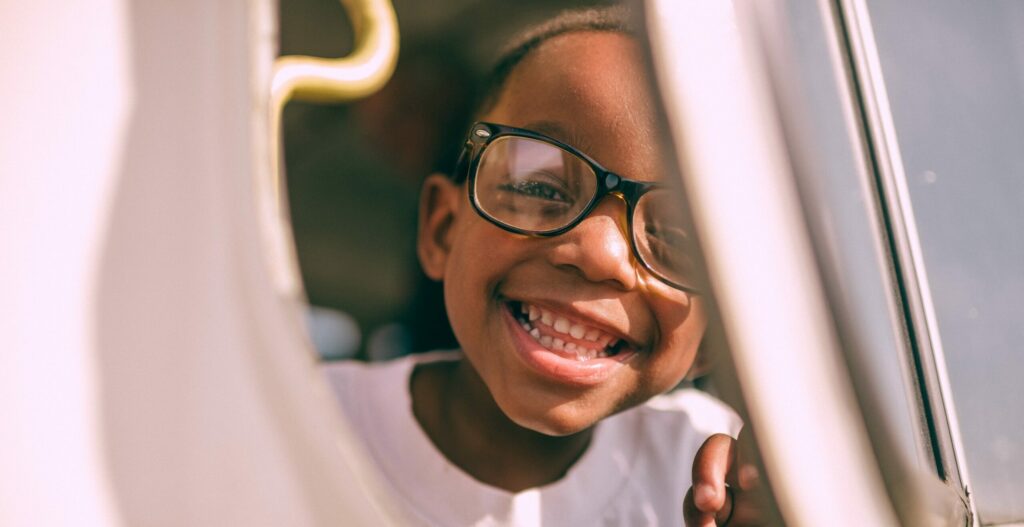
The effects of myopia on visual function and the long-term risks of ocular health complications are well-documented.1 Yet the influence myopia can have on quality of life and psychosocial functioning is often overlooked. As an increasing number of children and adolescents develop myopia,2 it is important to consider all of the burdens associated with myopia […]
COVID-19 and the myopia epidemic
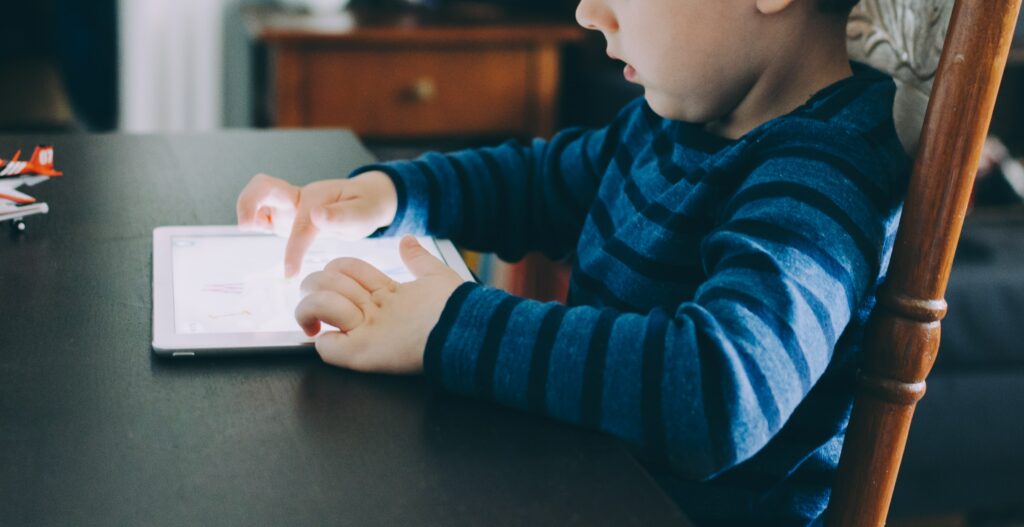
Globally, myopia impacts every 1 in 3 people, on average, and its prevalence is expected to continue to increase. It is projected that 50% of the world’s population will be myopic by 2050.¹ In 2020, as the world went into lockdown, concerns were raised about the potential for home confinement during the COVID-19 pandemic to […]